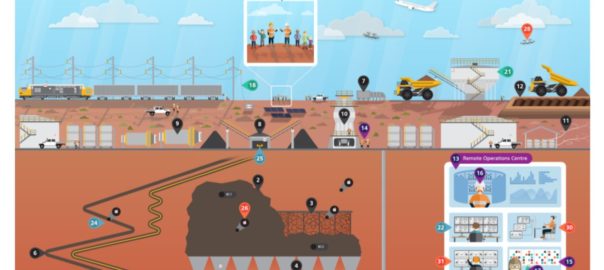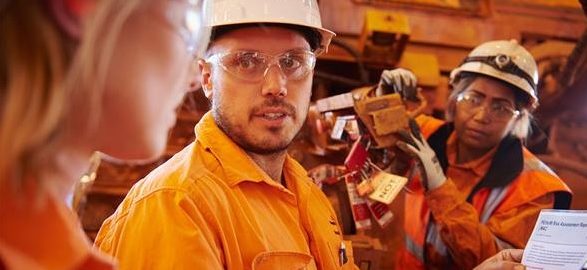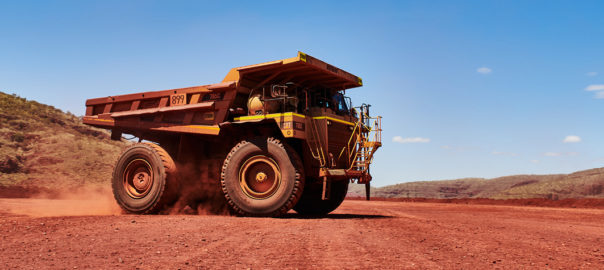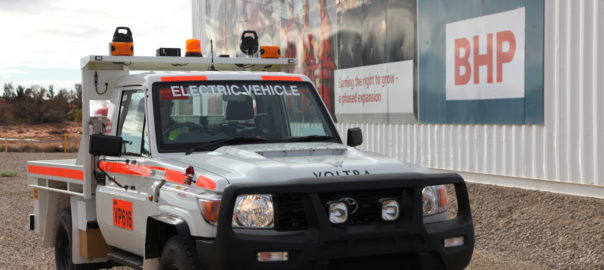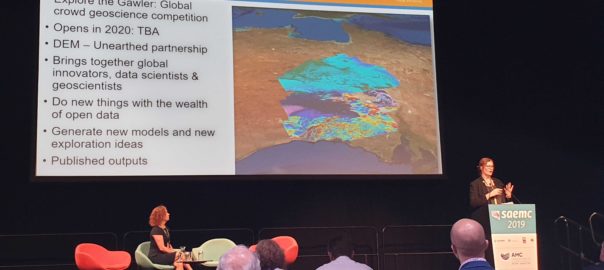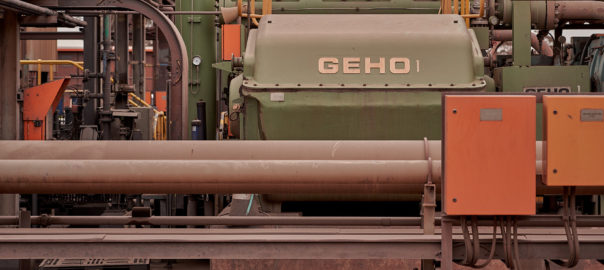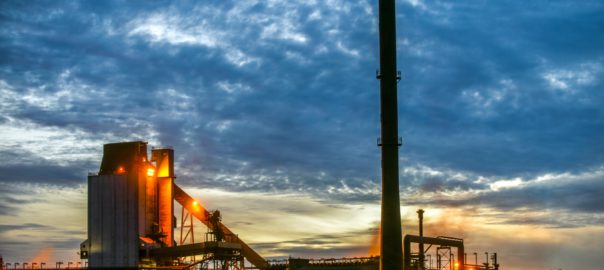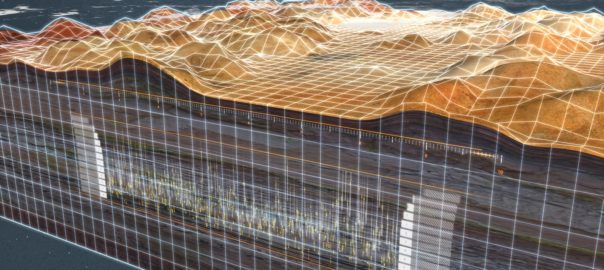A prefeasibility study on an expansion of OZ Minerals’ Carrapateena copper-gold underground mine, in South Australia, has indicated a block cave conversion in the lower portion of the Carrapateena resource has the potential to almost double average production from 2026.
It is these results, plus the potential Block Cave 1 and Block Cave 2 expansion net present value of circa-A$770 million ($534 million) at final investment decision in 2023, that has seen the company confirm it will progress the plan to feasibility study stage, with the Carrapateena Block Cave Expansion Feasibility Study Stage 1 report expected before the end of 2021.
The PFS plan includes the potential to transition to dry-stacked tailings to reduce reliance on groundwater resources and a trial of electric light vehicles and establishment of a renewable energy hub – both of which are aligned with OZ Minerals’ strategy and aspirations, OZ Minerals Chief Executive Officer, Andrew Cole, said.
Carrapateena produced first concentrate in December 2019 following a three-year construction period and is targeting a 12-month ramp-up period to achieve a production rate of 4.25 Mt/y by the end of this year.
Currently an underground sub-level cave operation with an estimated mine life of 20 years, the latest study, which comes with a A$1.2-1.3 billion capital expenditure bill shows the potential for a future expansion of the bottom half of the operation into a series of block caves.
Cole said: “The prefeasibility study analysed the whole Carrapateena Province and determined that replacing the lower half of the current sub-level cave with a block cave and expanding the expected annual throughput rate from 4.7-5 Mt/y (currently planned from 2023) to 12 Mt/y, has the potential to create significantly more value than the sub-level cave alone.”
He said the block cave would leverage existing underground infrastructure, supported by expanded surface processing capability.
OZ Minerals added: “The proposed block cave is different from previous Carrapateena block cave studies as it targets a smaller, higher-grade footprint in BC1 (block cave one) with 600 m height of draw, followed by a lower-grade BC2 (block cave 2) with 400 m height of draw. The Carrapateena block cave builds on modern block caving experience, and aims to deliver an automated, electrified, data-driven mine with technology embedded in the design.”
The conversion to block cave operations enables a series of future add-on block caves, all of which were considered in the Life of Province scoping study, Cole added.
The plan could see annual production double to around 110,000–120,000 t of copper and 110,000–120,000 oz of gold from 2026, with life of mine all-in sustaining costs of some $0.75-0.85 c/lb ($1,654-1,874/t), he said.
Key upgrades to underground infrastructure include faster conveying systems with improved utilisation and a larger crusher station three for the block cave with increased capacity over that required for the sub-level cave.
An additional primary ventilation fan and circuit will be required for the transition period from sub-level cave to block cave before a reduction in the mine’s ventilation requirements for the life of mine, the company added.
The prefeasibility study currently recommends the process plant upgrade to 12 Mt/y via a parallel processing circuit to minimise brownfield interfaces and introduce energy load scheduling via the vertical roller mill as the primary surface crushing option, OZ Minerals said.
“The parallel process plant approach also allows both plants to be run independently, and for mine production to continue during plant shutdown periods,” the company said.
However, pivoting back to a traditional SAG/ball grinding circuit in the parallel process plant or tertiary crushing, to increase sub-level cave process plant throughput, will remain as options until final detailed design, OZ Minerals explained. This will not have a material impact on project value and allow time for optimisation of the current sub-level cave process plant before a final decision, it added.







